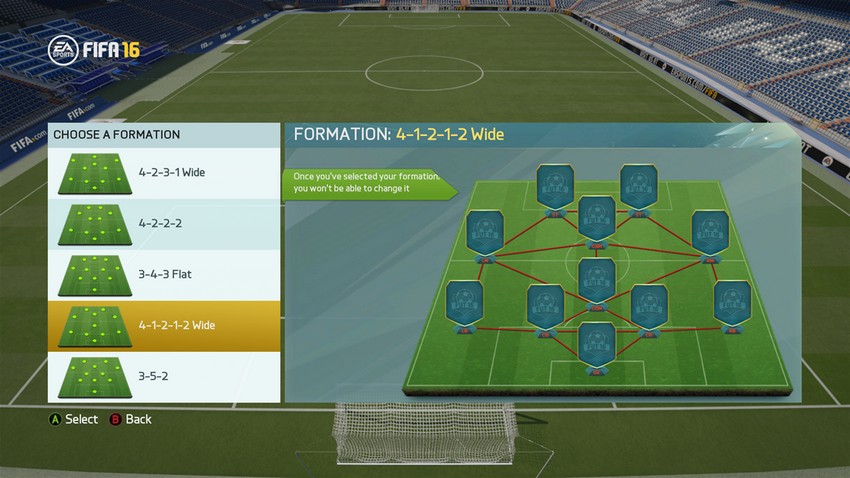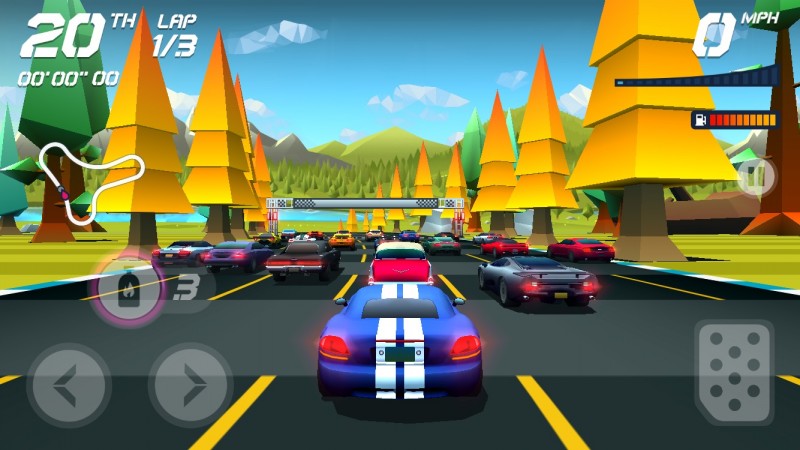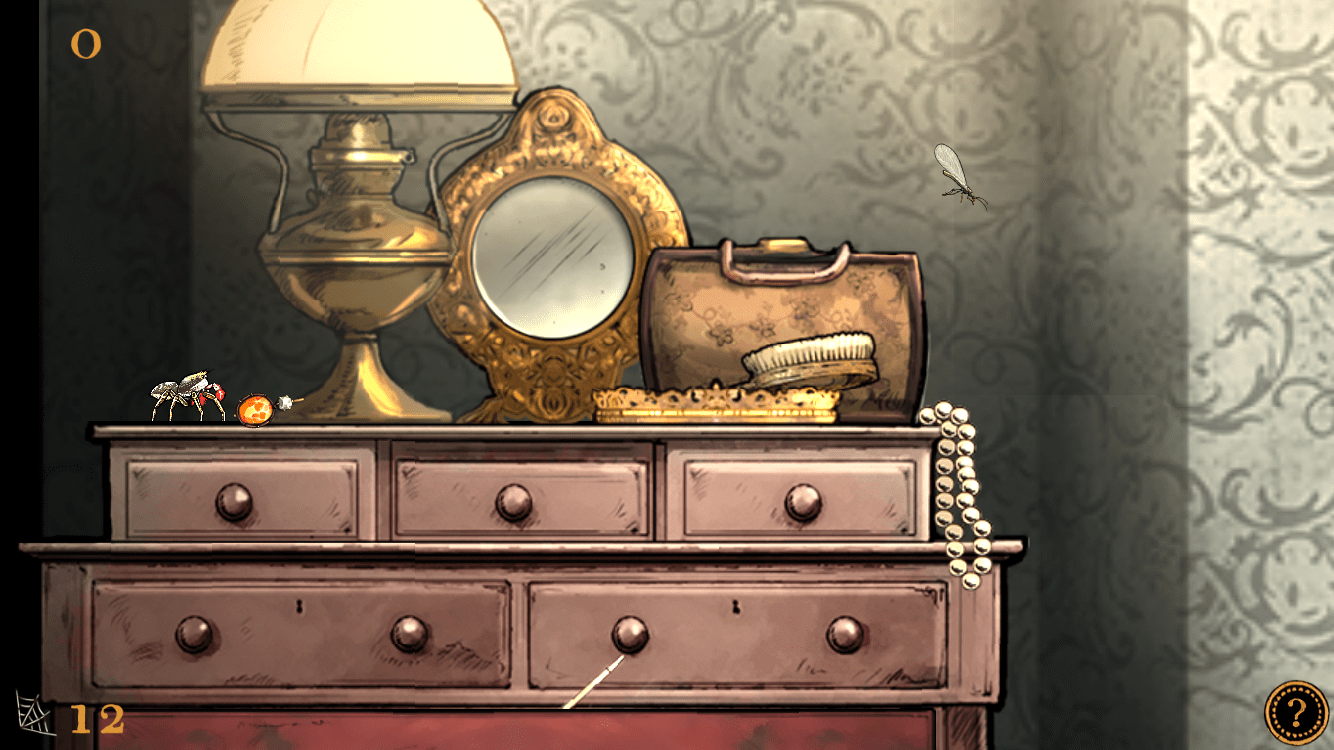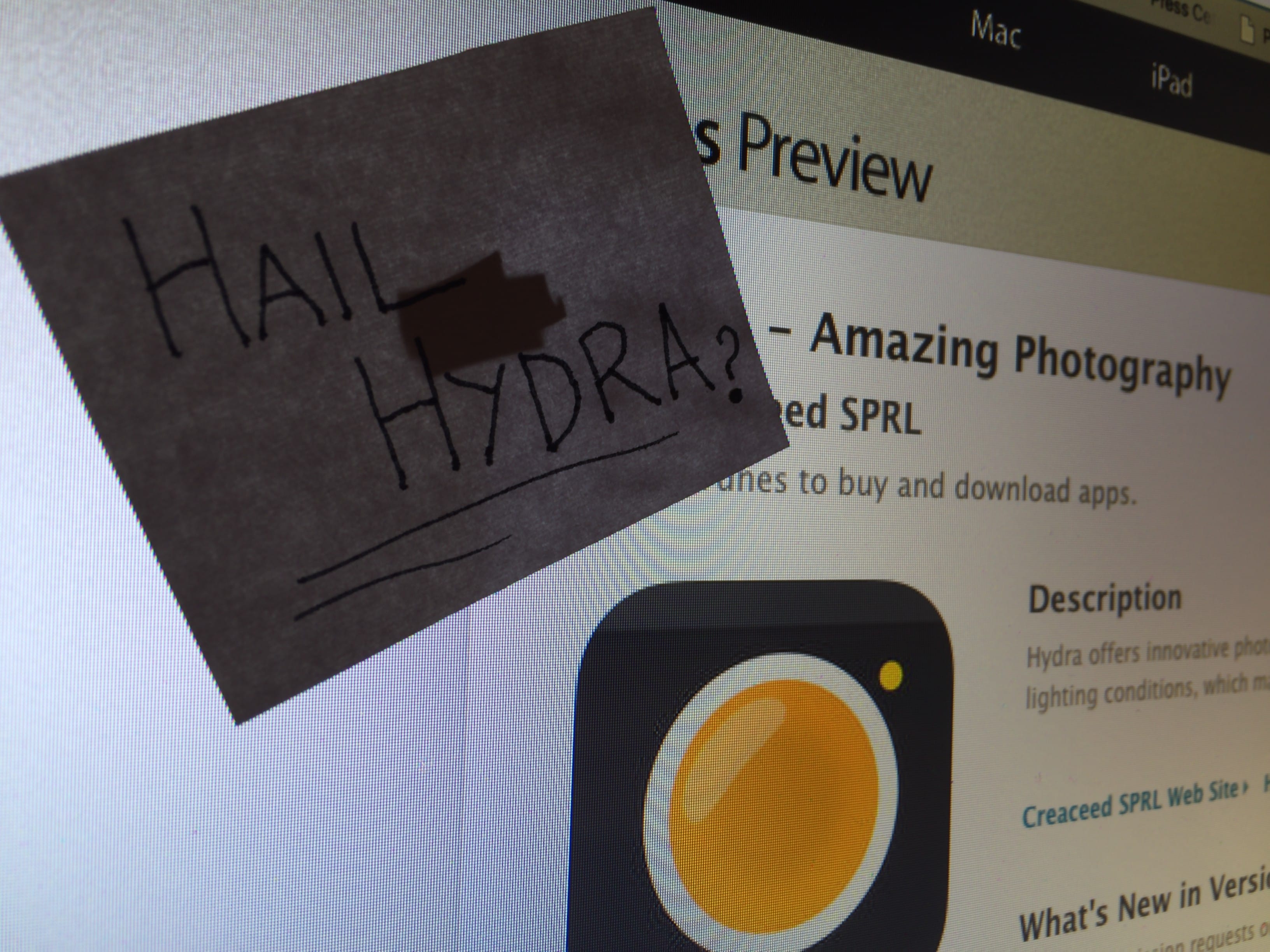
In FIFA Ultimate Team, there are over a dozen formations available to use. There is no right or wrong choice but knowing how to capitalize on the one you choose will help you have the most success on the pitch.
We highlight five of the more commonly used formations in FUT and offer some suggestions on how to use them effectively.
4-1-2-1-2 (WIDE)

The key element of the 4-1-2-1-2 formation is the diamond midfield. When using this formation, it is best to have a strong holding midfielder (CDM) who serves as an aid to the four defenders. In addition to being strong defensively, it is also a good idea to have one with good dribbling skills to start an attack. Your left (LM) and right (RM) midfielders should have good speed and crossing abilities so they can feed the ball to the attacking midfielder and two strikers. But, they should also be fast enough to track back when the opposition has the ball.
4-3-1-2
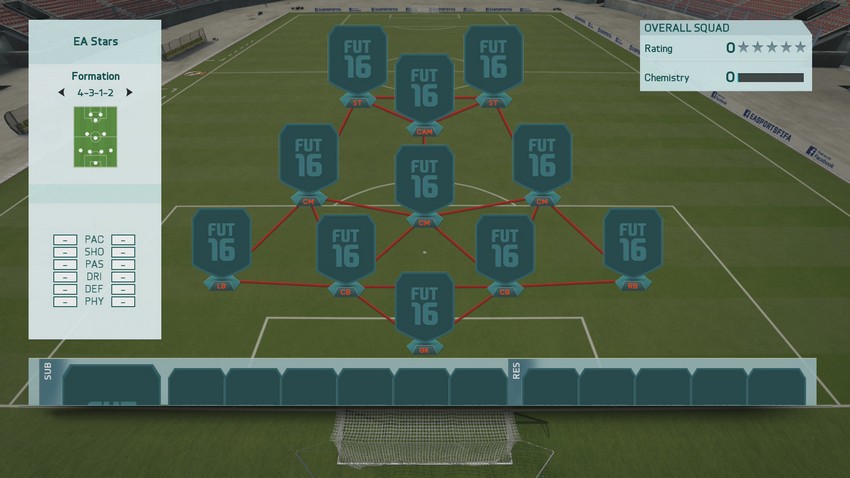
The 4-3-1-2 is a slight change of the 4-1-2-1-2. The midfield plays closer to the middle of the pitch while sacrificing the touch-line. Rather than having specific left (LM) and right (RM) midfielders, most will use three central midfielders (CM) who are strong at passing and dribbling but may not necessarily be very fast or have high crossing abilities.
4-3-2-1
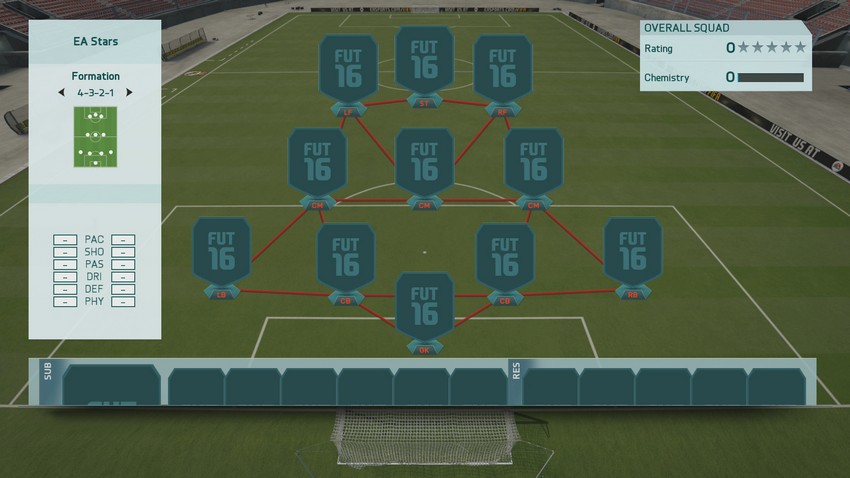
The 4-3-2-1 uses a flat three-man midfield to orchestrate an attack. They play slightly higher up, so it is important to have a strong defense to prepare for any counterattacks your opponent might throw at you. Up front, although this formation incorporates a sole striker, the two forwards that play up with him should have strong passing and are able to take long distance shots. Incorporate the 4-3-2-1 if you want to command the middle of the pitch and have plenty of shooting options straight at your opposition’s goal.
4-3-3 (OPTION 4 “ATTACK”)
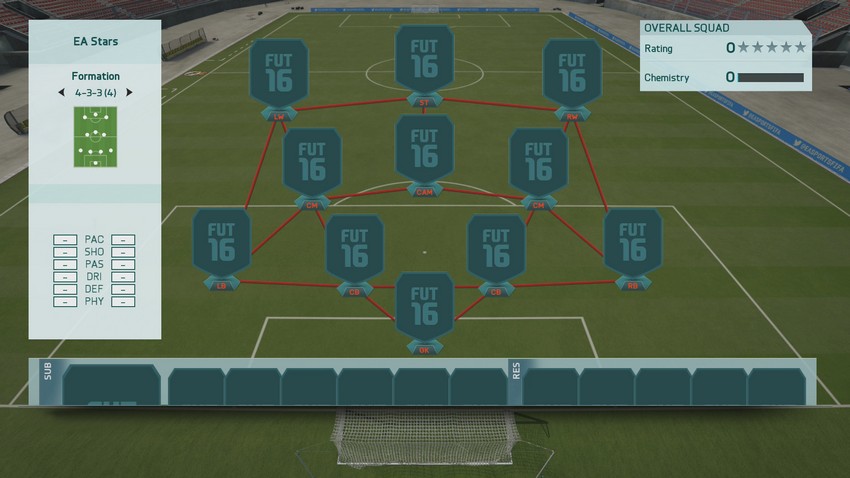
There are five different variations of the 4-3-3. Option 4 is attack focused, with at least four players capable of scoring for your side. In this formation, have a striker that is strong in the air as your left (LW) and right (RW) wingers need to have good speed and crossing abilities to set-up goal scoring opportunities. Unlike left (LM) and right (RM) midfielders in other formations, your wingers won’t be strong defensively, so make sure that the two central midfielders (CM) playing behind the attacking midfielder (CAM) are able to cover the spaces left exposed.
4-3-3- (OPTION 5 “FALSE 9”)
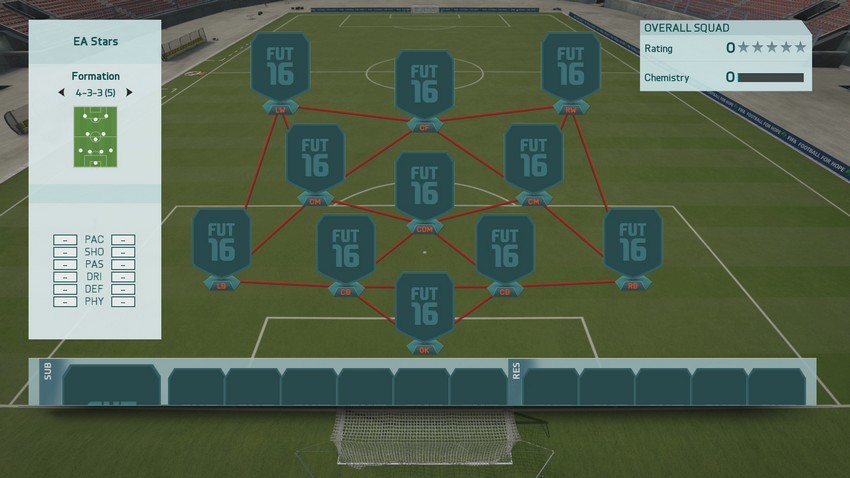
This variation of the 4-3-3 doesn’t have a traditional striker like option 4 and your central attack plays further back in comparison to other formations. You are replacing your striker and attacking midfielder with a center forward (CF) who can dribble, shoot, and score from distance. Although you still use two wingers, you may want to sacrifice strong passing with players who are able to shoot and that can pounce on a potential rebound. Use two central (CM) and single holding (CDM) midfielders with strong defensive and dribbling skills to help start an attack and help prevent your opposition from creating goal scoring opportunities.
